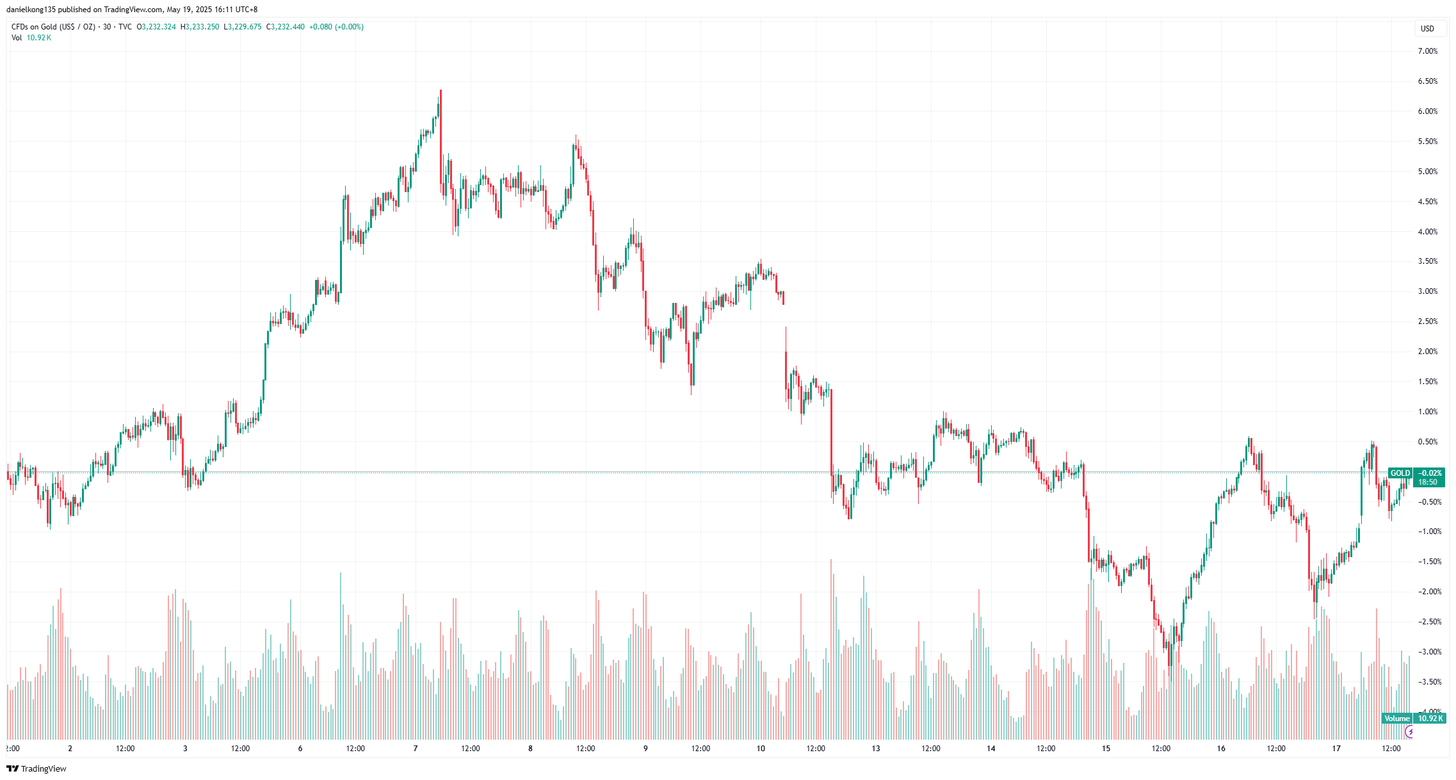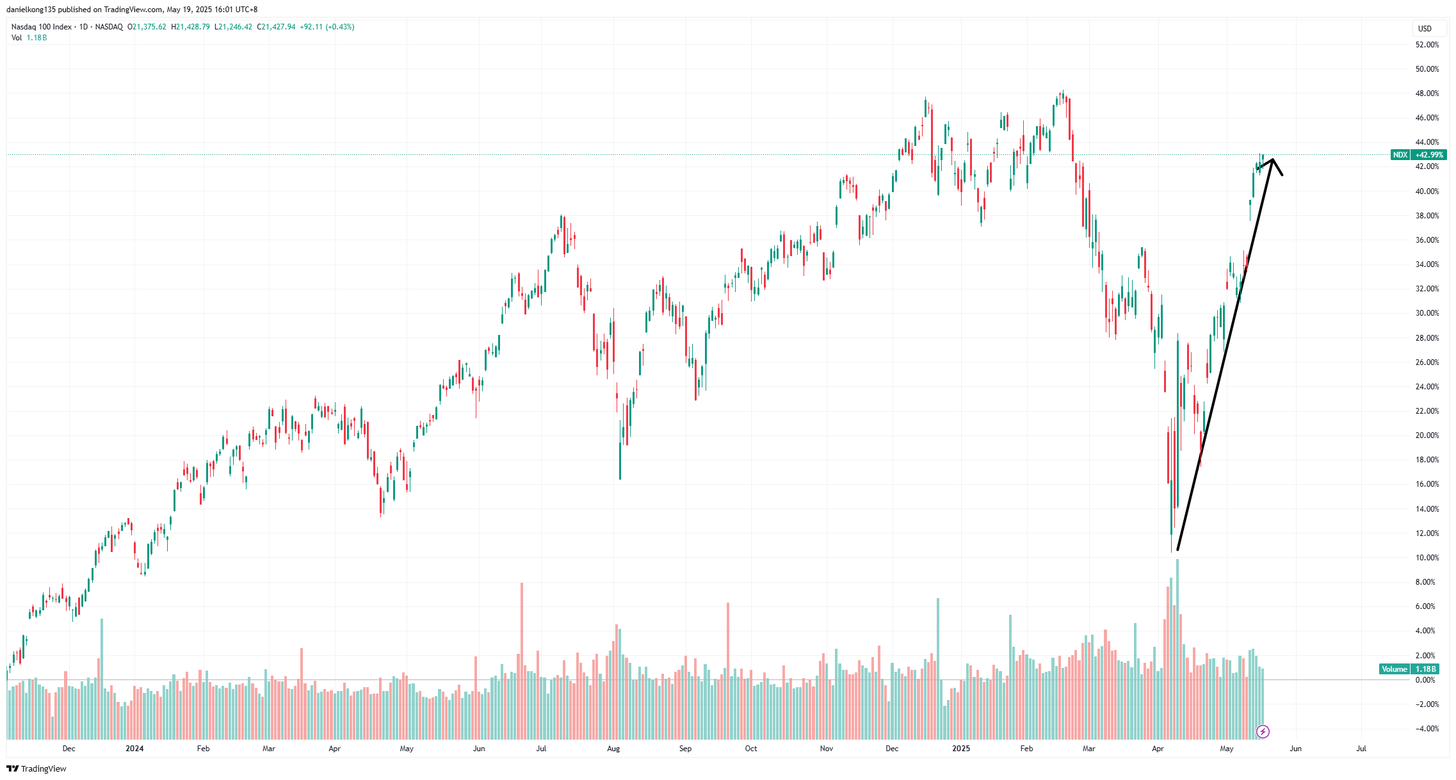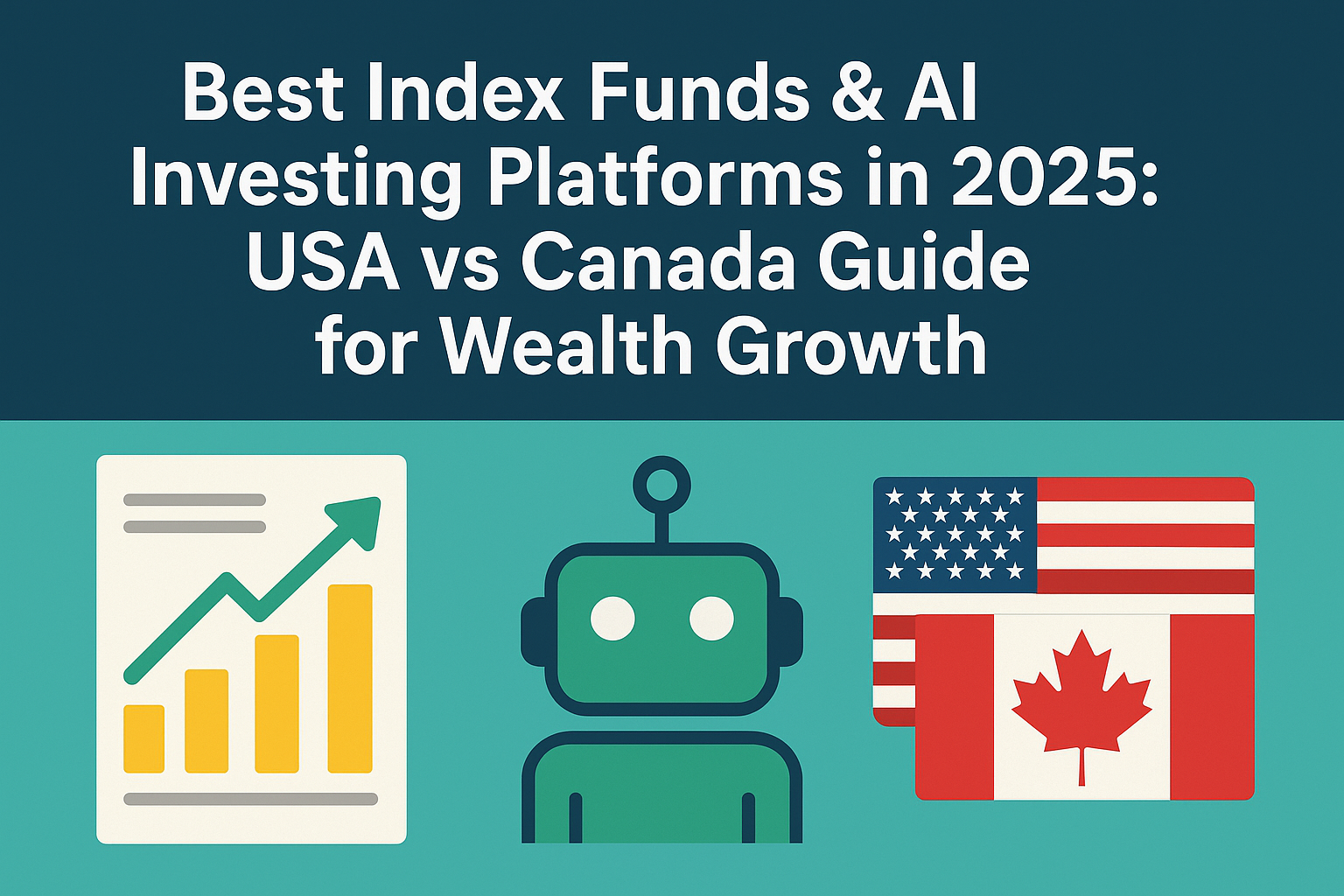Buy America vs Sell America: Understanding the Current Market Landscape
In 2025, global markets are dancing to the rhythm of geopolitics, and nowhere is the beat louder than in the US. From tariff rollbacks to shifting Federal Reserve expectations, traders are facing one of the most polarizing market landscapes in years. On one side, there’s renewed optimism in American resilience—booming tech stocks and capital flows returning stateside. On the other, fears of overvaluation, fiscal uncertainty, and geopolitical retaliation are triggering whispers of a “Sell America” strategy.
For investors, the stakes are high. Misreading the signals could mean getting caught on the wrong side of a volatile trade. This article explores the underlying drivers behind current US market trends and presents key developments that traders are monitoring across stocks, currency markets, and safe-haven assets.
Key Points
- The “Buy America” narrative has regained momentum in 2025, driven by a US-China tariff truce, strong tech stocks, and resilient economic data.
- Despite renewed optimism, risks tied to overvaluation, fiscal uncertainty, and geopolitical tensions continue to fuel “Sell America” sentiment.
- Traders are closely monitoring capital flows, Treasury yields, and policy signals to navigate the volatile divide between US resilience and global uncertainty.
What Does “Buy America” and “Sell America” Really Mean?
When Wall Street traders talk about “Buy America” or “Sell America,” they are not making political statements — they are talking strategy. Here’s a quick breakdown of what they mean.

Buy America Strategy
A market view that favors US assets, including equities, the US dollar, and government bonds, based on confidence in the US economy’s growth outlook, technology sector performance, and monetary policy framework.
Investors who follow this playbook believe the US economy is strong enough to weather global storms — thanks to solid growth, continued innovation, a tight labor market, and a Federal Reserve that’s still holding some cards.

Sell America Strategy
Reflects reduced confidence in US assets, often linked to concerns such as elevated market valuations, fiscal challenges, or geopolitical tensions.
Such shifts in sentiment may be accompanied by increased allocations to perceived safe-haven assets, including gold and currencies such as the Swiss franc, Japanese yen, or Euro.

Let’s break down why the “Buy America” camp has been winning lately — and what could cause the tide to turn.
Understanding the Drivers Behind the 2025 “Buy America” Trend
The 2025 “Buy America” trend took shape as a powerful recovery narrative after the initial shockwaves from President Donald Trump’s Liberation Day announcement on 2 April 2025, when sweeping tariffs and the declaration of a national economic emergency rattled global markets.
What followed was a period of heightened volatility and uncertainty—until a 90-day US-China tariff truce, alongside resilient macroeconomic indicators, a strong labor market, and persistent inflation, reignited investor confidence.

The Nasdaq surged back into bull market territory, the S&P 500 climbed sharply, and the US dollar posted its strongest gains in months, signaling a decisive return of capital into American assets.
This renewed momentum isn’t just a relief rally — it reflects a broader, policy-supported shift in global investment flows. Here are some of the key drivers behind the 2025 “Buy America” trend.
Safe Haven Flows
Despite global uncertainties, US assets remain a magnet for capital. The S&P 500 jumped 3.3% on May 12, 2025, following a US-China tariff truce, signaling renewed investor confidence.
The Nasdaq 100 also re-entered a bull market, driven by a surge in big tech stocks, underscoring the appeal of US equities during stabilizing events.
The Fed’s Stance and Labour Market
Traders now expect just two Federal Reserve rate cuts in 2025, down from three anticipated earlier, reflecting a resilient US economy.
This shift supports higher Treasury yields and a stronger dollar, with the Bloomberg dollar gauge rising 1% on May 12, 2025, its best performance since the November 2024 election.
Reshoring and Industrial Policy
Trump’s “America First” policies, including tariffs and incentives for domestic manufacturing, boost investor confidence in US industrials.
For instance, tech giant Apple is reportedly increasing US investments, as noted by Trump’s conversation with CEO Tim Cook.
Macroeconomic Data Supporting the Buy America Trend
Real Yields
The 10-year Treasury yield dropped to 4.3% on 14 May 2025, after spiking above 4.4% earlier in the week, reflecting a stabilisation in bond markets. This yield moderation suggests a balance between growth expectations and inflation fears, keeping bonds attractive without scaring off equity investors.

Jobs and Inflation
Strong employment data and persistent inflation are keeping the dollar robust as economic growth remains steady. The latest jobs report showed unemployment holding at 3.8%, while core inflation remains above the Fed’s 2% target, supporting the case for fewer rate cuts.

When and Why Markets “Sell America”
Before the 90-day US-China tariff truce offered a temporary lifeline, warning signs of a “Sell America” trade had already started flashing. Investors were growing increasingly uneasy about valuation extremes, unpredictable policy moves, and the broader geopolitical climate.
Overvaluation Risks
High US equity valuations, particularly in tech, raise concerns about sustainability. The Nasdaq 100’s 20% plunge from its prior record in April 2025 exemplifies this vulnerability.

Fiscal and Geopolitical Concerns
Trump’s tariff policies, announced as part of “Liberation Day” in April 2025, initially triggered a dollar sell-off, with the US dollar hitting its lowest level since 2022. These tariff-induced uncertainties disrupted traditional market dynamics, driving investors toward safe havens like gold.
Case Study: 2024 Post-Election Volatility
The post-election period saw a “sell America” wave, with both US stocks and safe havens sold off due to tariff fears and mixed signals from the Trump administration. Gold prices surged to record levels, reflecting a flight to non-dollar, decentralised assets.

The China-US 90-Day Tariff Truce: A Temporary Calm?
In May 2025, the US and China agreed to a 90-day tariff truce, significantly easing trade tensions:
Agreement Details
The US reduced tariffs on Chinese imports from 145% to 30%, while China lowered duties on US goods from 125% to 10%. China also committed to removing non-tariff barriers, such as export controls on rare earths.
This truce is a pragmatic pause, offering breathing room for negotiations but lacking detailed commitments, which may limit its long-term impact.

Market Impact
The S&P 500 surged over 3% on 12 May 2025, and the dollar climbed significantly, while gold and haven currencies weakened. Treasury yields climbed as traders adjusted Fed rate cut expectations to two for 2025.
These market reactions reflect a shift toward “Buy America” sentiment, though the truce’s temporary nature keeps volatility risks alive.
Global Capital Flows: What Traders Are Buying or Selling
Capital flows highlight the “Buy America” versus “Sell America” divide. Investors are rotating into US equities, particularly tech, and Treasuries, with the dollar rising 1% on 12 May 2025.

ETF flows into US equity funds have increased, driven by optimism in domestic sectors. There are also signs of outflows from Emerging Markets as investors are pulling out of China at a record pace amid escalating trade tensions between the US and China, triggering the largest weekly outflows from emerging market ETFs in a year.
In the week ended 11 April, US-listed EM ETFs saw US$5.57 billion in net redemptions, with a staggering US$3.69 billion coming from China alone. The selloff was driven by fears surrounding Trump’s 145% tariff hike on Chinese goods and Beijing’s 125% retaliation, casting a shadow over China’s near-term growth outlook.
In contrast, Mainland Chinese ETFs saw a record US$24 billion in inflows as state-backed funds stepped in to stabilize markets. Other regions also faced outflows: India (-US$408 million), Taiwan (-US$254 million), South Korea (-US$97 million), and Malaysia (-US$52 million).
As talks progress, investors remain cautiously optimistic, awaiting clearer signals on economic stimulus from Beijing and a more permanent resolution to the trade conflict.

Market Reactions Across Key Asset Classes
Gold
Dropped to US$3,290 per ounce on 13 May 2025, before rebounding to $3,340 on May 14, signaling mixed sentiment.

Currencies
The dollar’s strength contrasts with weakening haven currencies like the yen and Swiss franc, reflecting a shift away from traditional safe havens as market confidence improves.

Volatility Indicators
The Cboe Volatility Index (VIX) fell sharply on Monday (12 May 2025), dropping nearly 3 points to its lowest intraday level in 45 days, as the US and China agreed to temporarily suspend tariffs on each other’s goods.
The widely watched fear gauge slipped below its 30-year average of 20, reaching 19.3 post-truce, signaling a sharp pullback in investor anxiety following the truce announcement.
Trading Implications: Navigating the Buy America vs Sell America Landscape
In the current market environment shaped by shifting trade dynamics, one illustrative approach (via CFDs) involves considering a long position on the US dollar CFD while taking short CFD positions in emerging market currencies or high-risk equities to aim to hedge against escalating tariff risks.
Note: These examples are for illustrative purposes only and do not constitute trading advice.
Investors are also turning to macro hedging tools such as S&P 500 options and VIX futures to guard against sudden spikes in volatility, especially as concerns linger over potential flare-ups in US-China trade tensions.
Sector Opportunities
From a sector perspective, industrials and energy could benefit from “America First” policies and ongoing reshoring efforts, while technology stocks—particularly Apple and other major players—have recently staged a strong rebound following the recent tariff truce, leading gains on the Nasdaq.
Meanwhile, defensive sectors in the stock market, such as consumer staples and utilities, may offer relative stability amid lingering geopolitical and economic uncertainty.

Key Indicators to Watch
To stay ahead of market moves, investors should keep a close eye on key indicators. US CPI data could reveal inflationary pressures stemming from tariffs, while movements in the 10-year Treasury yield offer insights into macroeconomic sentiment.
Most critically, monitoring statements from President Trump and other policy announcements will be essential for anticipating shifts in the tariff landscape.
- US CPI data releases
- 10-year Treasury yield movements
- Presidential policy statements
- Federal Reserve meeting minutes
- US-China trade negotiation updates
Final Thoughts: Navigating Polarised Markets with Clarity
“Buy America” and “Sell America” are not binary choices but strategic frameworks. Traders must remain adaptable, balancing optimism from the US-China truce with caution over its 90-day timeline. Data-driven analysis—focusing on yields, CPI, and capital flows—outweighs headline-driven sentiment.
As Treasury Secretary Scott Bessent noted, maintaining dollar stability is a priority, suggesting policy efforts to curb volatility. Bessent’s remarks underscore the administration’s focus on market stability, guiding traders to prioritise economic indicators over political noise.


















































